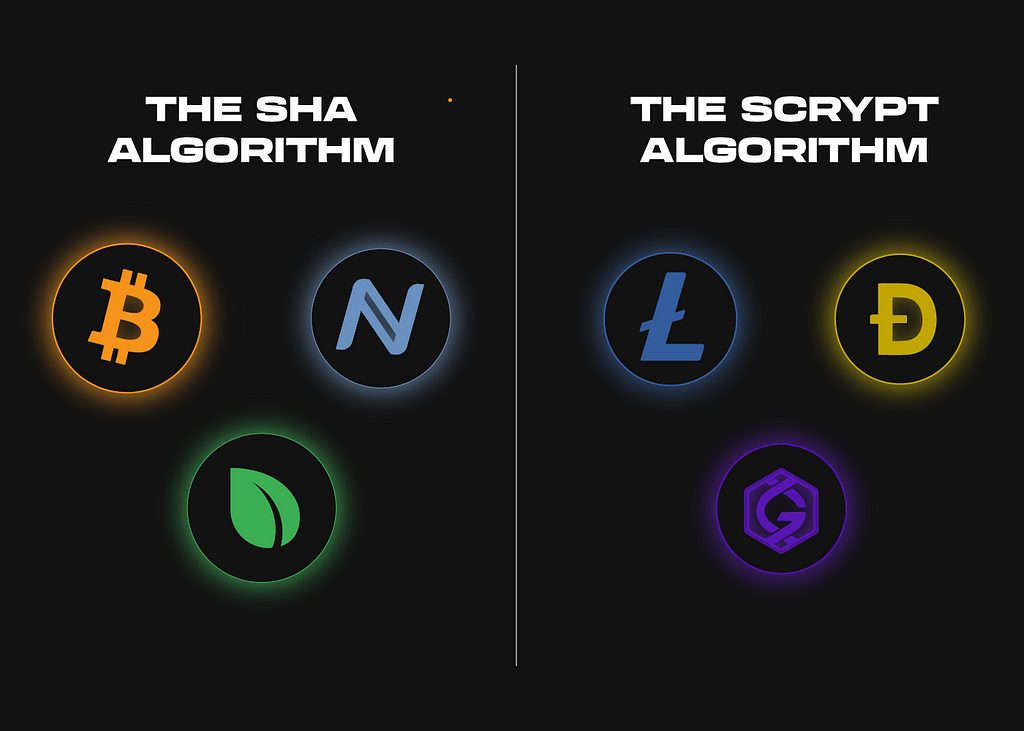Mining difficulty is a blockchain network parameter that indicates how difficult it is to perform the math required to find a new block and thus receive a reward for it. How does it work? How do you put it to use? Let’s find out together!
Why was the mining difficulty parameter introduced?
Bitcoin mining, like many other cryptocurrencies, is profitable as long as the value of the coins mined exceeds the cost of equipment and electricity.

The difficulty is critical to the cryptocurrency mining process because it determines how much equipment and power to use. In fact, the difficulty assists miners in determining the most energy-efficient devices that provide the best returns. It also controls the rate of new coin issuance.
How does the difficulty change?
The bitcoin network recalculates the complexity of every 2016 block based on the time it took to find the previous 2016 blocks. If a block is found every 10 minutes, as Satoshi Nakamoto intended, it will take two weeks to find 2016 blocks.
If the previous 2016 blocks were found faster, the difficulty would be increased; if they were found later, the difficulty would be decreased. The difficulty decreases (or increases) as the time it takes to find the previous 2016 blocks increases (or decreases).
What affects the mining difficulty?
The difficulty score is determined by the network’s hash rate and the amount of time spent finding previous blocks.
If the hash rate has increased, it indicates that new cryptocurrency miners have entered the market. They connected their equipment to the network, which increased the network’s processing power. As a result, finding a block will take less time than with a lower hash rate.
As a result:
The higher the hash rate, and the more miners involved in mining coins, then the less time they need to find blocks, and thus the complexity increases.
The lower the hash rate, and the fewer miners, then the more time they spend mining, the lower the complexity.
What is a hash rate?
Hashrate refers to the total computing power of the mining equipment involved in the cryptocurrency mining process.
Hashrate is expressed in the following units:
(H/s);
(KH/s);
(MH/s);
(GH/s);
(TH/s);
(PH/s);
(EH/s)
Because mining is becoming more complex, it is no longer practical to see units of “hash per second” in today’s blockchain networks, for example. To solve such problems today, devices with higher power, starting at tens of megahash [MOU1] per second, are required.
For example, the processor’s speed of 10 MH/s means that it can generate 10 million different combinations of numbers in one second to find the one hash that matches all of the network’s parameters.
What does a hash rate depend on?
The hash rate is determined by several key parameters, including the cryptocurrency mining algorithm used. Some devices, for example, perform best in networks that use the SHA algorithm (Bitcoin, Namecoin, Peercoin, and so on), but their efficiency is significantly lower in networks that use the Scrypt algorithm (Litecoin, Dogecoin, Gridcoin, and so on).

The specifications of the equipment are also very important. Those planning to engage in mining should research the capacity of a specific device to help them choose the most optimal and cost-effective option.
Do not forget about the popularity of the cryptocurrency itself: the more popular it is, the more miners are interested in mining it. They connect their computing power to the network, thereby increasing its hash rate and, accordingly, the complexity of mining.
How and where can I calculate profit from mining?
Mining profitability calculators can be useful: by knowing the hash rate of your equipment, you can calculate the potential profit for a given period. However, given the dynamics of the hash rate, such calculations cannot be considered absolutely accurate. As a result, it is recommended to collect data from multiple sources and compute the average value.
For example, you can refer to the relevant resources on the Cryptocompare sites (data is available on several cryptocurrencies, including BTC, ETH, ZEC, XMR, LTC and DASH) or Nicehash.
Have you ever tried it? How was that? Tell us your story!
Follow Sunflower Corporation on Medium or Twitter for regular updates about trending Crypto news.

Sunflower Corporation — a new cryptocurrency derivative exchange focused on the best trading experience and tech excellence.
We offer BTC/USDT perpetual futures with up to x100 leverage, as well as the most trending instruments. When you trade with us you get a customizable trading terminal, a variety of charts, tools for technical analysis, a wide range of order types, and an option of “stop loss” and “take profit” orders.
What is a hash rate and cryptocurrency mining difficulty? was originally published in The Dark Side on Medium, where people are continuing the conversation by highlighting and responding to this story.
